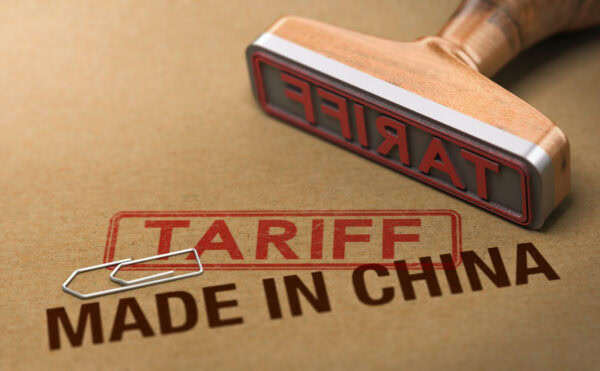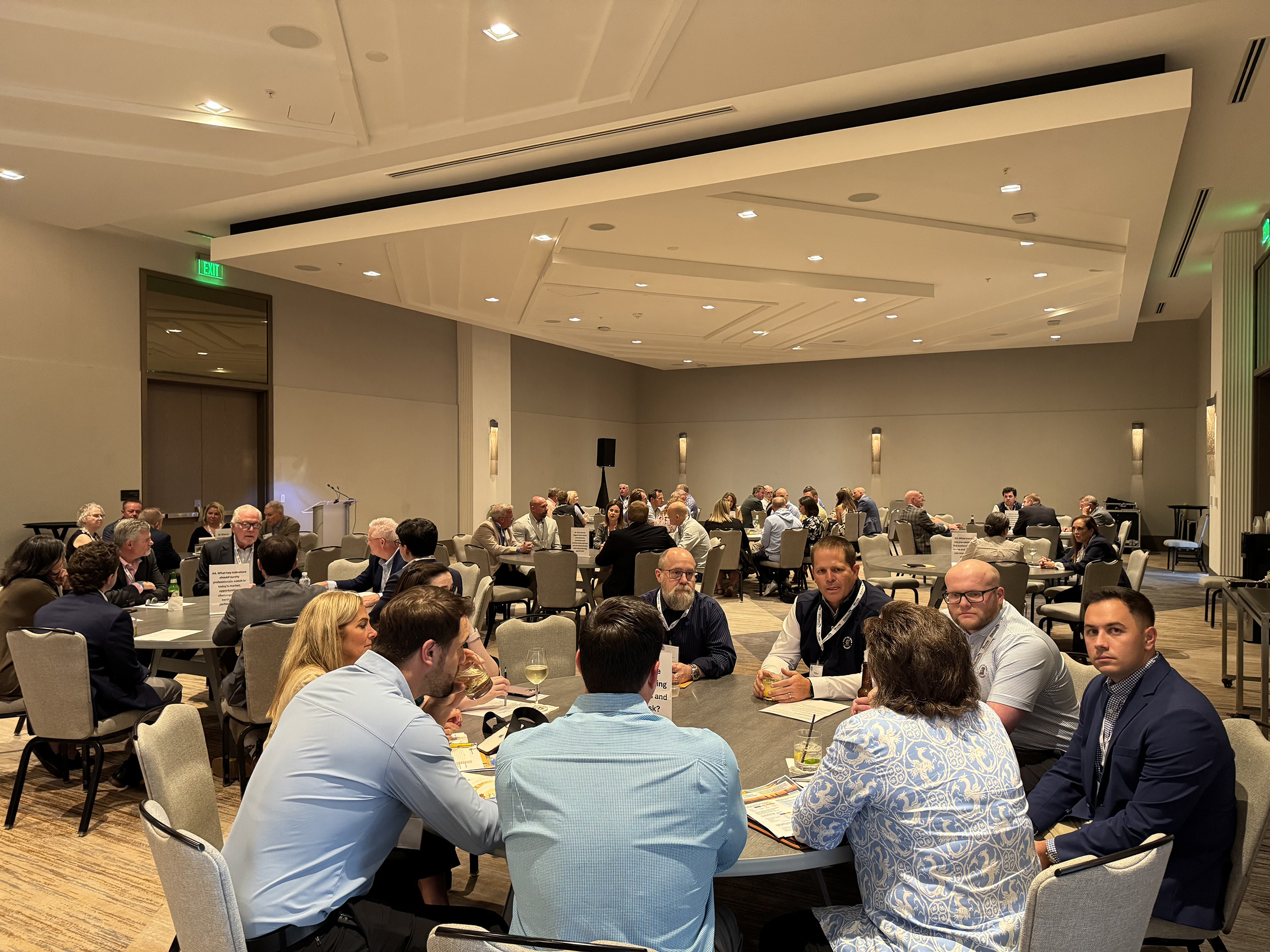
3d illustration of a rubber stamp over cardboard background with the words made in China and tariff. Concept of trade war.
On September 24, 2018, the latest in a series of tariffs imposed by the U.S. Government on Chinese imports took effect. The Government imposed a 10% tariff on $200 billion worth of Chinese goods. Effective January 1, 2019, the tariffs will increase to 25%. Unfortunately, it can be expected that the tariffs will affect the construction industry as a number of products subject to the tariff are products commonly used in the construction industry. The products include quartz, marble, travertine, granite, cement, certain types of flooring and wall or ceiling coverings, MDF, plywood, paints and varnishes, and certain nuts, bolts, and screws.1
These most recent tariffs are in addition to tariffs imposed on $50 billion worth of Chinese goods earlier this year. On July 6, 2018, the Government imposed a 25% tariff on $34 billion worth of Chinese products that included construction equipment such as derricks, cranes and other lifting machinery, elevators and conveyors, bulldozers, graders, levelers, scrapers, tamping machines, road rollers, front-end loaders, backhoes, shovels, clamshells, draglines, pile-drivers, pile-extractors, coal or rock cutters, tunneling machinery, and concrete or mortar mixers.2 This was followed on August 23, 2018 by a 25% tariff on $16 billion worth of Chinese imports, including iron or steel bridges and bridge sections, towers and lattice masts, columns, pillars, posts, beams and girders, steel grating for structures or parts of structures, mobile cranes, and mobile drilling derricks.3
This latest round of tariffs may not be the last. On September 7, 2018, President Trump announced that tariffs on an additional $267 billion in Chinese goods still may be imposed.
All of this may lead construction contractors to ask what they can do to protect themselves if the costs of construction equipment and materials escalate as a result. Here are some steps that contractors should consider taking:
|
End Notes
[1] For a complete list of products, see https://ustr.gov/sites/default/files/enforcement/301Investigations/Tariff%20List-09.17.18.pdf.
[2] For a complete list of products, see https://ustr.gov/sites/default/files/enforcement/301Investigations/List%201.pdf.
[3] For a complete list of products, see https://ustr.gov/sites/default/files/enforcement/301Investigations/Final%20Second%20Tranche.pdf.
 This article is by Lori Ann Lange, Esq., a partner in the Washington, DC office of the law firm of Peckar & Abramson, P.C., who specializes in government contract law, bid protests, and corporate compliance counseling. She represents a range of government contractors, including construction contractors, major defense contractors, informational technology contractors, and service contractors. She can be reached at llange@pecklaw.com or 202.293.8815 ext. 7103.
This article is by Lori Ann Lange, Esq., a partner in the Washington, DC office of the law firm of Peckar & Abramson, P.C., who specializes in government contract law, bid protests, and corporate compliance counseling. She represents a range of government contractors, including construction contractors, major defense contractors, informational technology contractors, and service contractors. She can be reached at llange@pecklaw.com or 202.293.8815 ext. 7103.
Get Important Surety Industry News & Info
Keep up with the latest industry news and NASBP programs, events, and activities by subscribing to NASBP SmartBrief.




